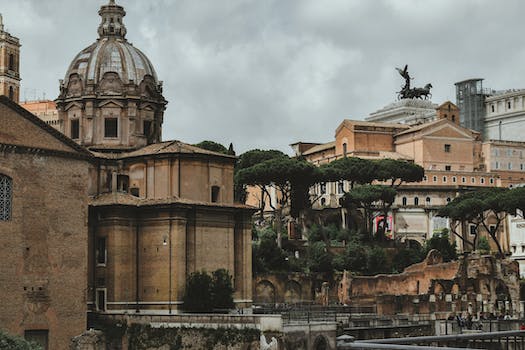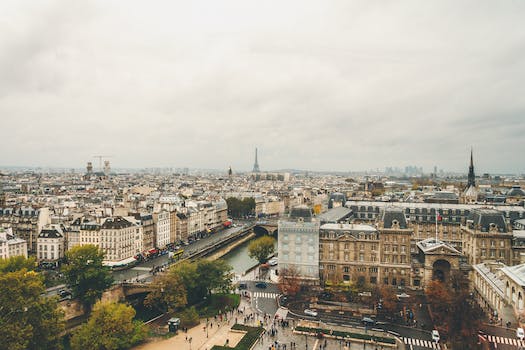The Golden Gate Bridge is a masterpiece of engineering that connects San Francisco to Marin County. It is an iconic landmark that has attracted millions of visitors since its opening in 1937. The bridge spans 1.7 miles and stands at a height of 746 feet. It is a testament to human endurance and innovation, which makes it an essential part of San Francisco’s history and the world’s architectural heritage.
The bridge’s construction was not an easy feat. It took four years, more than 10,000 workers, and $35 million to build. The bridge’s design is a combination of Art Deco and Modernism, which makes it a unique and beautiful structure. The bright orange color of the bridge is not just an aesthetic choice but a practical one as well, as it helps the bridge be more visible in the fog that often blankets the area.
The Golden Gate Bridge is not only a symbol of innovation and endurance but also a reminder of the importance of preserving historical landmarks. In recent years, there has been an increased focus on eco-friendly preservation of historical landmarks to ensure that they remain intact for future generations to enjoy. The Golden Gate Bridge is no exception. The bridge has undergone several renovations and upgrades to make it more eco-friendly, such as retrofitting the lighting system to use energy-efficient LEDs and installing a solar panel array to power the bridge’s administration building.
Preserving historical landmarks like the Golden Gate Bridge is essential not only from a cultural and historical perspective but also from an environmental one. These landmarks are often built to last for centuries, and their preservation ensures that they continue to contribute to their surroundings without harming the environment. Eco-friendly preservation of historical landmarks is a challenging task, but it is one that we must undertake to ensure that these landmarks continue to be sources of inspiration and pride for future generations.





